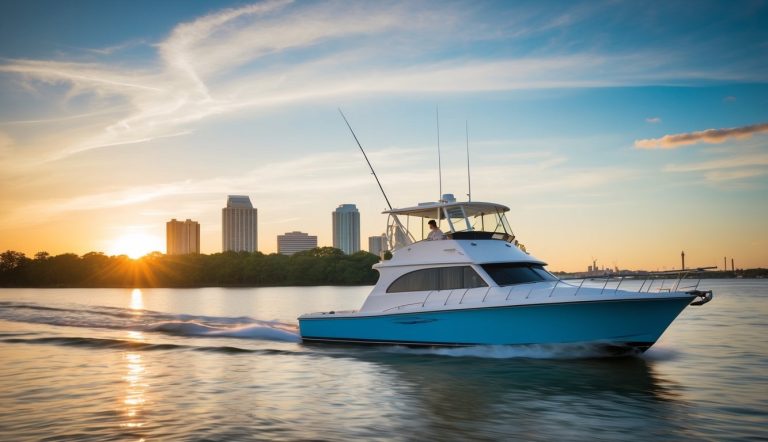Using Boats in Mobile, AL: Southern Boating Adventures – Your Complete Guide to Gulf Coast Waterways
Introduction to Boating in Mobile, AL
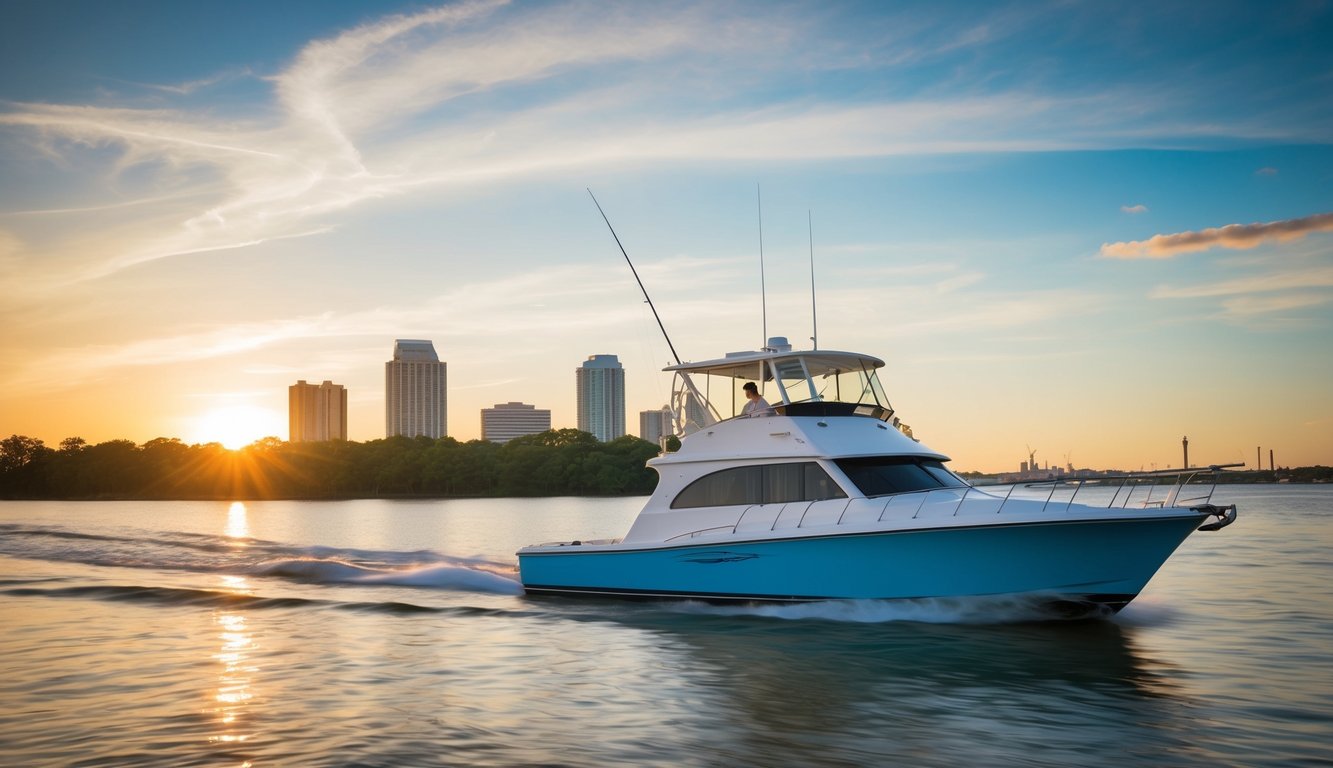
Mobile Bay offers some of the most diverse boating experiences in the southern United States. With its unique position as Alabama’s only saltwater port, this area connects the Gulf of Mexico to a vast network of rivers and deltas. Perfect for beginners and experts alike, Mobile’s boating scene welcomes all skill levels. The area features calm waters in protected coves as well as open bay areas for more adventurous outings. Let’s explore the world of boating in Mobile, AL!
Choosing the Right Vessel for Southern Waters
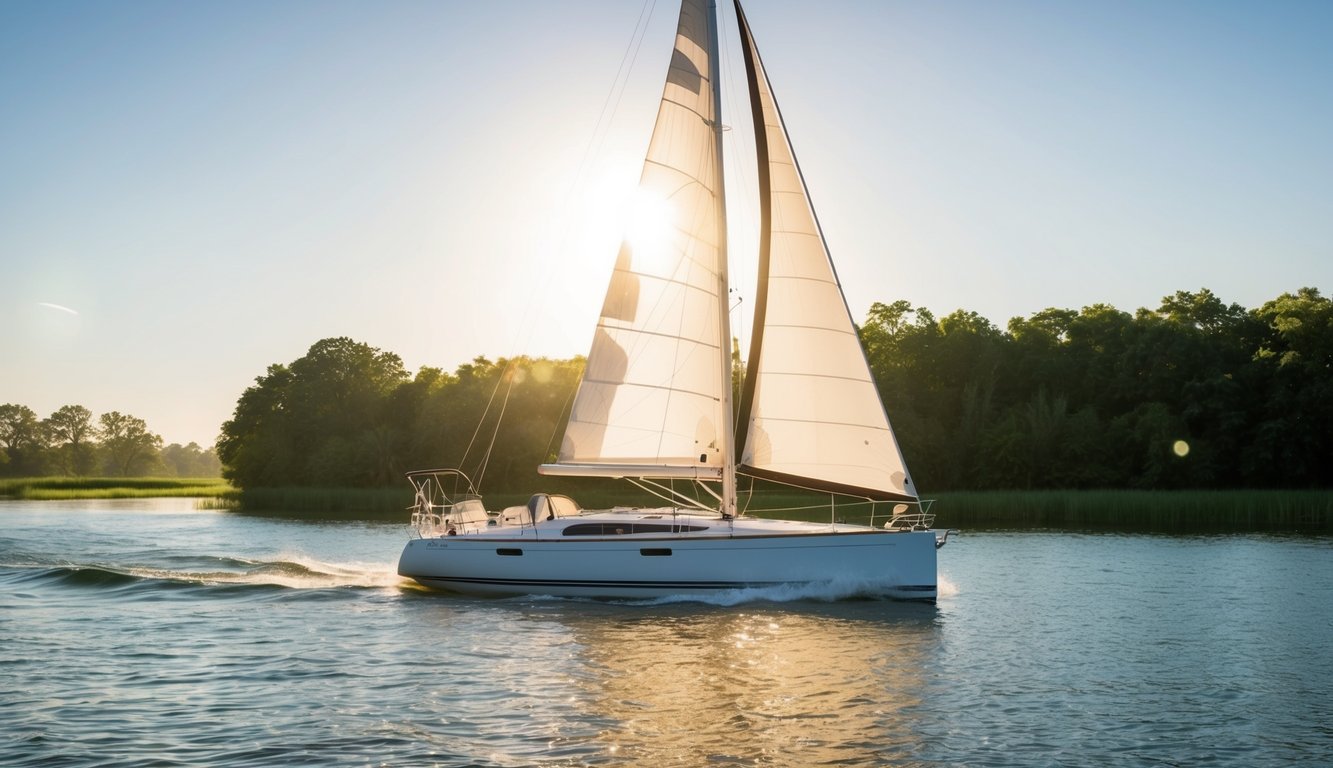
Selecting the ideal boat for Mobile Bay and other Southern waters requires careful consideration of both environmental factors and your specific boating needs. The right vessel will enhance your experience while keeping you safe on the water.
Factors Affecting Boat Selection
- Water conditions in Southern Alabama vary significantly from protected bays to open Gulf waters. You’ll want to consider the average water depth where you’ll be boating most frequently. Mobile Bay has an average depth of 10 feet, requiring boats with appropriate draft specifications.
- Climate plays a crucial role too. The intense summer heat and frequent afternoon thunderstorms mean you should look for vessels with adequate shade options or enclosures.
- Your primary activities should determine your choice as well. If you’re interested in fishing, consider boats that operate quietly to avoid scaring away fish. Electric trolling motors work well for this purpose.
- Budget remains important – not just for the initial purchase but for ongoing maintenance. Salt water environments accelerate wear on boats, requiring more frequent upkeep.
Comparing Boat Types
- Center Console Boats: Ideal for Southern fishing adventures with their 360-degree fishability. These vessels handle choppy Gulf waters well while providing enough space for gear and catches.
- Pontoon Boats: Perfect for relaxed cruising in protected waters like the Intracoastal Waterway. They offer stable platforms for entertaining but aren’t suited for rough conditions.
- Bay Boats: A popular compromise with shallow drafts (12-15 inches) for accessing backwaters while still handling moderate chop. Many local boat sales feature these versatile vessels.
- Cabin Cruisers: Best for overnight trips with protection from elements and sleeping accommodations. These work well for longer journeys through Southern waterways like the route from Chicago to Mobile.
When comparing models, examine hull designs carefully – flatter bottoms offer stability but less rough-water capability, while V-hulls handle waves better but sacrifice some stability.
Navigating Mobile Bay and Beyond
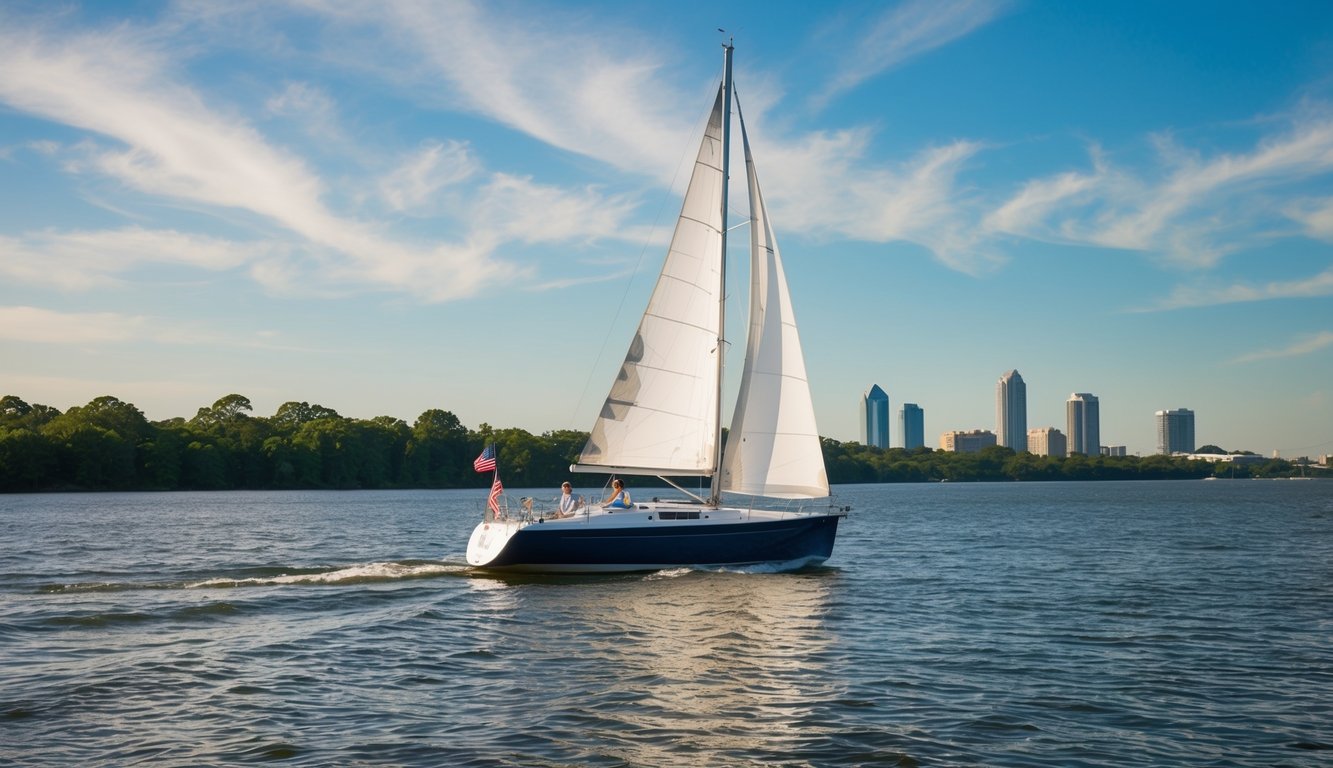
Mobile Bay offers boaters diverse water experiences with access to the Gulf of Mexico and the Intracoastal Waterway (ICW). The region’s unique geography creates opportunities for both protected bay cruising and offshore adventures.
Understanding Local Waterways
Mobile Bay spans approximately 413 square miles, creating a natural harbor that connects the Mobile River to the Gulf of Mexico. The bay’s average depth is about 10 feet, though the shipping channel is significantly deeper.
You’ll encounter several key landmarks while boating here:
- Dauphin Island – Guards the southern entrance to the bay
- Fort Morgan Peninsula – Forms the eastern edge of the bay entrance
- Dog River – Popular for recreational boaters
- Fairhope Municipal Pier – A well-known eastern shore landmark
Watch for changing weather conditions, as strong winds can create rough chop on this shallow bay. The Fort Morgan Barge Launch provides direct access to both Mobile Bay and the Gulf, making it a strategic starting point for many boaters.
Charting a Course Through the ICW
The Intracoastal Waterway connects Mobile Bay to destinations east and west. Heading eastward, you’ll travel the Florida Panhandle past Pensacola, Destin, and Panama City.
The western route takes you toward Mississippi and eventually Texas. Key navigation points include:
Eastern Route (to Florida):
- Mile Marker 0 begins at Mobile Bay
- Pass through Perdido Bay at the Alabama-Florida border
- Navigate narrow passages around Pensacola
Western Route (to Mississippi/Texas):
- Travel through Mississippi Sound
- Navigate numerous barrier islands
- Watch for commercial traffic in busy sections
Pay attention to tide charts and weather forecasts when planning ICW trips. Many boaters find the ICW preferable to open Gulf waters during rough weather or for vessels with limited offshore capabilities.
Exploring Gulf of Mexico and Ocean Routes
From Mobile, ambitious boaters can access extensive ocean routes. The Gulf of Mexico opens possibilities for trips to Florida’s west coast, Mexico’s Yucatan Peninsula, or Texas shores. For long-distance cruisers, Mobile serves as a gateway to the Great Loop—a 6,000+ mile circular route connecting the eastern United States and parts of Canada. Northbound from Mobile, you’ll navigate the Tombigbee Waterway before eventually reaching the Tennessee, Ohio, and Illinois Rivers.
Popular Gulf destinations from Mobile:
- Destin (130 nautical miles east)
- New Orleans (150 nautical miles west)
- Tampa (350 nautical miles southeast)
When planning offshore trips, carefully monitor weather systems, especially during hurricane season (June-November). Always file float plans and ensure your vessel has appropriate safety equipment for open water conditions.
Safety and Legal Requirements
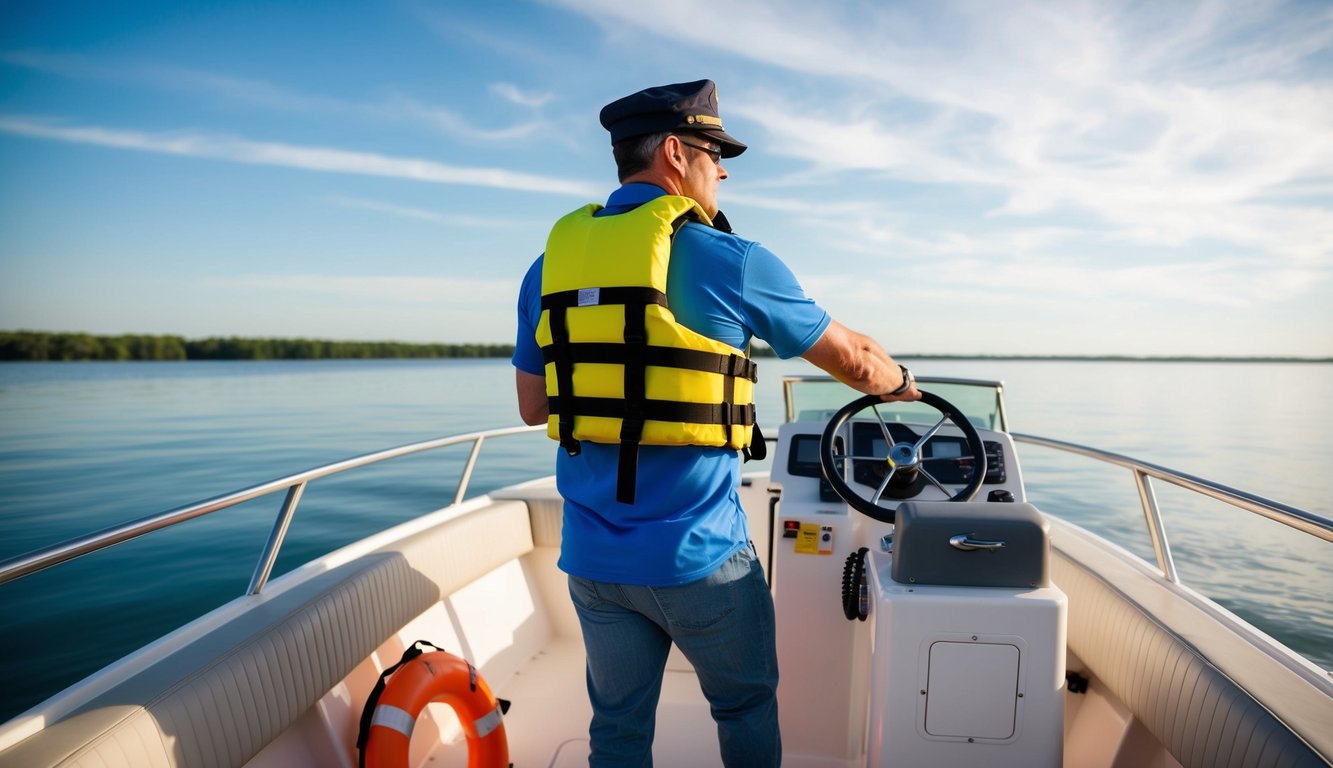
Boating in Alabama waters requires adherence to specific regulations designed to keep everyone safe. Understanding these requirements before heading out on Mobile Bay or nearby waterways can prevent accidents and legal issues.
Boating Safety Laws
In Alabama, safety equipment requirements are strictly enforced on all watercraft. Every vessel must carry one wearable life jacket (PFD) for each person on board. If your boat is 16 feet or longer, you’ll also need a throwable PFD. These life jackets must be U.S. Coast Guard-approved. Age restrictions also apply when operating boats in Alabama. Children under 12 cannot operate motorized vessels, while those aged 12-13 must have completed an Alabama boater safety certification.
Additional required equipment includes:
- Fire extinguishers (for boats with enclosed engine compartments)
- Navigation lights (when operating at night)
- Sound-producing devices
- Visual distress signals for coastal waters
Operating a boat while intoxicated is illegal and dangerous. Alabama law enforcement officers regularly patrol waters looking for impaired boaters.
Licenses and Permits
- You’ll need proper documentation before boating in Alabama waters. Alabama requires boat registration for all motorized vessels and sailboats. Registration must be completed through the Alabama Law Enforcement Agency.
- The vessel’s registration card must be on board whenever you’re operating the boat. Registration numbers and validation decals must be properly displayed on your boat’s hull.
- While Alabama doesn’t require a specific “boating license,” operators born after April 28, 1954 must complete an approved boater safety course. This requirement ensures that all boaters understand navigation rules and safety procedures.
- Fishing from your boat? You’ll need an Alabama fishing license if you plan to cast a line. These can be purchased online or from licensed vendors throughout Mobile.
Emergency Protocols
- Knowing what to do in emergencies can save lives when boating in Mobile’s waters. Always check weather forecasts before heading out, and know how to recognize approaching storms.
- Create a float plan before departure. Tell someone on shore where you’re going and when you plan to return. This information helps rescue teams if you don’t return as scheduled.
- Every Captain should know basic distress signals. In emergencies, use channel 16 (156.8 MHz) on your marine VHF radio to contact the U.S. Coast Guard. If you don’t have a radio, emergency equipment like flares or flags can signal for help.
- Keep a first aid kit aboard and know how to use it. In case of injury, basic first aid skills can stabilize a victim until professional help arrives. Being prepared for emergencies is as important as preventing them.
Boating Activities in Mobile, AL
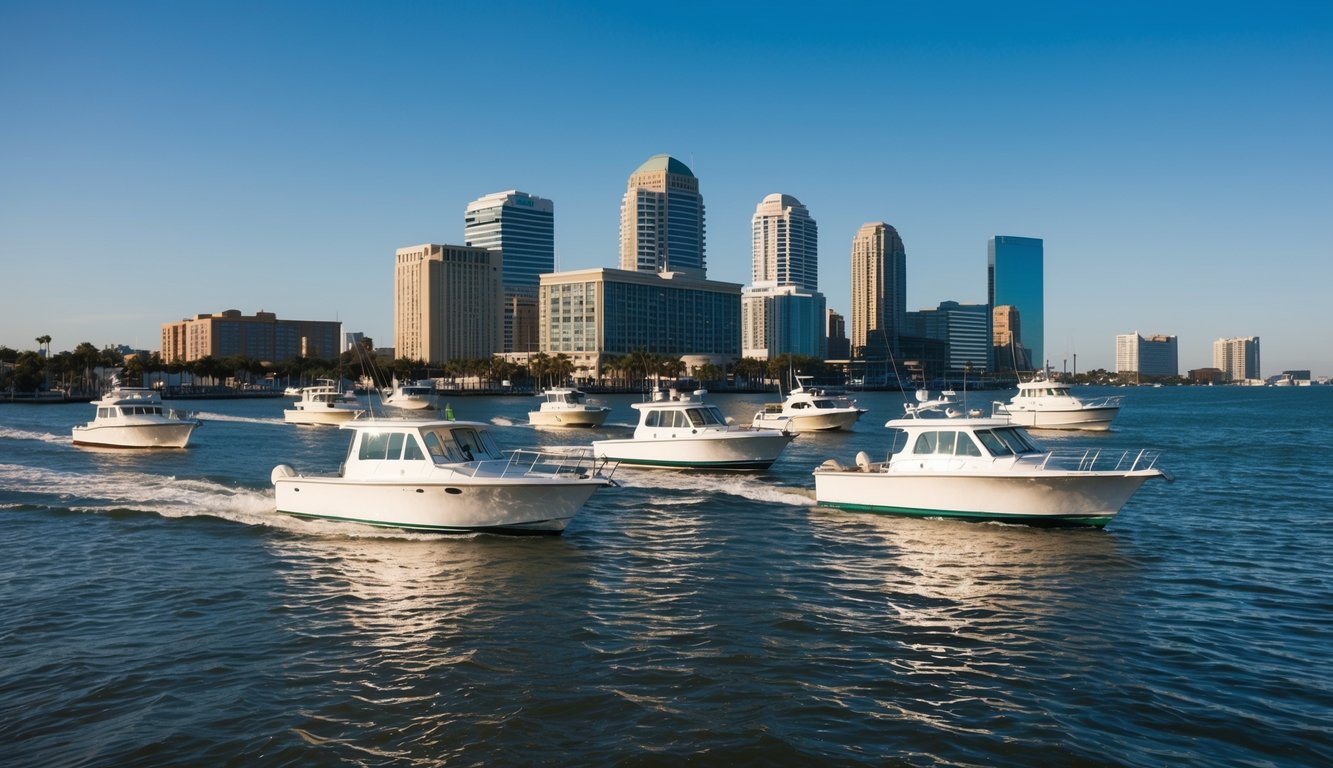
Mobile’s waterways offer diverse experiences for boating enthusiasts throughout the year. The coastal city’s unique location where river meets bay creates perfect conditions for various water activities.
Fishing Adventures
- Mobile Bay and the Mobile-Tensaw Delta provide excellent fishing opportunities. Many locals and visitors enjoy bowfishing on custom airboats, which offers an exciting twist on traditional fishing methods. These specialized vessels have no underwater exhaust or propeller, making them ideal for navigating shallow waters.
- You can target multiple species in these waters, including redfish, speckled trout, and flounder. The best fishing spots change with seasons and tides, so checking with local guides is recommended.
- Charter services like Red Sky Fish Co. offer guided fishing experiences. These excursions provide all necessary equipment and expert knowledge of productive fishing grounds.
- For a more relaxed experience, you can rent pontoon boats that accommodate small groups while providing stable platforms for casting lines.
Watersports and Recreation
- Mobile’s waterways provide perfect settings for various recreational activities beyond fishing and wildlife watching. Sailing is particularly popular in Mobile Bay, where consistent breezes create ideal conditions year-round.
- You can rent kayaks from outfitters like Sunshine Canoes to explore smaller waterways at your own pace. These self-guided adventures allow you to discover hidden coves and inlets.
- Snorkeling opportunities exist in certain areas of Mobile Bay, though visibility varies based on water conditions. The artificial reefs in the lower bay attract various marine life.
- For a different perspective, consider booking a dinner cruise on the Perdido Queen. This riverboat journey combines sightseeing with dining as you travel along the Mobile River. The climate-controlled vessel ensures comfort regardless of weather.
